Contributor Leigh Thelmadatter delves into the surprisingly rich world of Mexican rum–and why it’s not better known. A look at rum traditions, charanda, and Mexican rum brands.
Mexico has a worldwide reputation for tequila and mezcal, but very few people are familiar with another longstanding class of Mexican spirit – that distilled from sugarcane. In fact, even most Mexicans do not consider the country to be “rum-producing,” which has much to do with a history of prohibition as well as the myriad of names bestowed on cane-based alcohols.
But as we will see, Mexico’s relationship with “rum” is complicated, hindering both the reality and perception of Mexico as a rum-producing country.
Not only does Mexico have a long history of producing cane distillate, producers are seriously exploring the possibilities of making varied and high-quality rum, providing a new avenue for connoisseurs looking for the next trend.
How much sugarcane does Mexico produce?
Depending on the year, Mexico ranks from 4th to 6th in the production of sugarcane and refined sugar worldwide, competitive with countries like Brazil, India, China and the US. The crop is planted in almost half the country’s states, especially those near the Gulf of Mexico and Caribbean. States like Veracruz, Puebla and Morelos produce over half of Mexico’s cane tonnage and refined sugar. Only about 20% of land suitable for sugarcane is planted with fields used for this purpose, but that acreage is spreading, especially in the Yucatan peninsula.
Interestingly, most cane is grown for domestic consumption, with only a limited amount exported. One reason for this is that Mexican palates strongly prefer sucrose over other sweeteners – hence the famous “Mexican Coke.” But world trends toward minimizing sugar consumption have affected Mexico, so the sugar industry here needs innovation in production and marketing to make it more profitable and sustainable.
Mexico makes rum?
Many Mexicans and foreigners believe that Mexico has not and does not produce rum. In Mexico, rum (in Spanish ron) is strongly associated with sugarcane-based spirits from the Caribbean – Cuba in particular. This notion has been reinforced by the fact that Bacardi is by far Mexico’s most popular brand of commercial rum.
But this doesn’t mean that the fermentation and distillation of sugarcane products such as cane juice, molasses and/or piloncillo (a hard cone of semi-refined sugar) is unknown. It has actually been going on since the early colonial period, often hidden in warm, wet mountains due to prohibitions. The visibility has been further obscured because cane-distillate is “hidden” under a variety of regional names and preparations made with fruit and other flavorings.
One common name is aguardiente de caña, which literally means “cane distillate.” Aguardiente can be used for any kind of distillate, but unfortunately has a poor reputation much the way tequila and mezcal once did – poor quality alcohol to get drunk on cheaply.
In some areas, that aguardiente de caña goes by local or regional names, such as charanda in Michoacán and zacualpan, which is produced in the town of the same name in Morelos. In addition, aguardiente de caña is often mixed with local fruits and other flavorings and these preparations can be known by the additive (like damiana) or regional names such as torito, obscuring the source of the alcohol base.
For the purpose of this article, the traditional “rums” and rum preparations of Mexico will be referred to as caña to avoid the negative connotation of aguardiente but still distinguish them from recent innovations that are indeed using the term “rum.”
The early history of prohibition in Mexico
To understand why “rum” has not become associated with Mexican culture and gastronomy, we need to understand Mexico’s history of producing sugarcane and alcohol in general.
The Spanish introduced sugarcane to the Caribbean first, and rum’s association with this region began then. But none other than Hernán Cortés introduced sugarcane to Mexico to take advantage of the warm wet mountains he controlled from the south of Mexico City into Oaxaca.
He established the first plantation in Tlaltenango, Morelos, and his family held a monopoly on the highly profitable crop for several generations. Eventually, his descendants decided to sell concessions, with sugar haciendas multiplying and spreading into Puebla, Veracruz, and beyond.
Refining started early here too, but the Industrial Revolution came late, preventing mass and high-quality production until the latter 19th century and into the 20th. Mexican refineries are still relatively small, often inefficient, and may have environmental issues.
The main historical issue for rum affected all alcohol industries – Spain’s prohibition on colonial production of alcohol to protect the motherland’s economic interests. Only the rich could afford imported alcohol. The scenario inadvertently created various underground industries of people clandestinely distilling from what they could get their hands on.
The prohibition almost eliminated grape and apple cultivation in Mexico because there was little profit in it without making wine and cider. Sugarcane was spared because refined sugar was a profitable commodity in and of itself, easily shipped to other markets to sell legally – and be illegally converted into alcohol at home. In most of the drier parts of the country, agave became king for hard alcohol because it was abundant and grew wild. In wetter regions, sugar was more important. Where both raw materials were abundantly available, aguardiente would often be some kind of mixture.
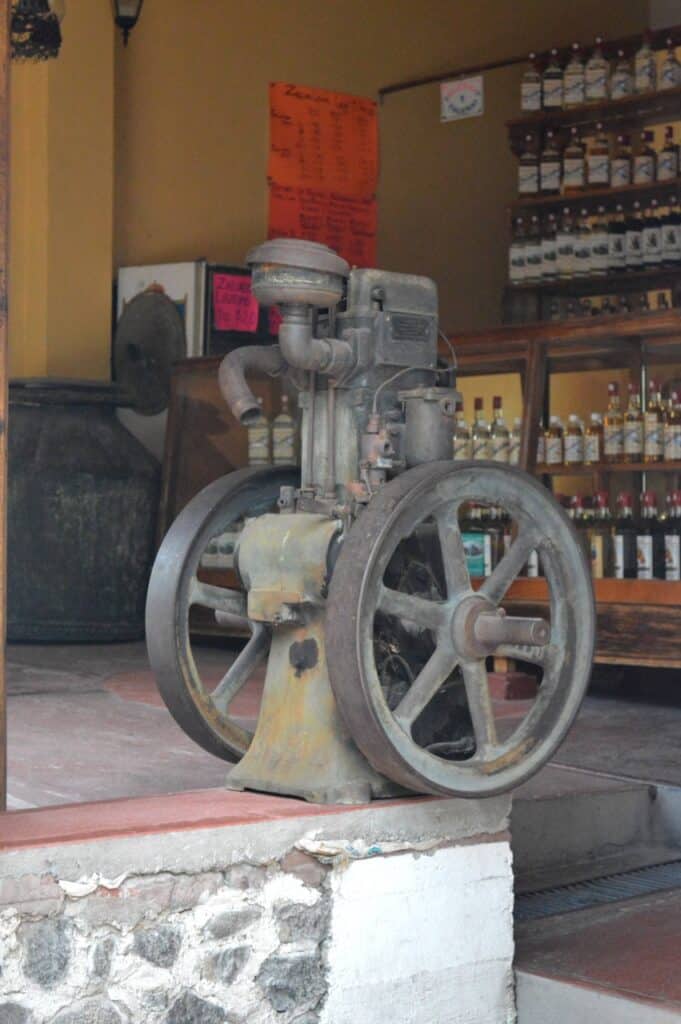
Mexican rum v. Tequila
Even when Mexico’s Independence put an end to colonial prohibitions, the formal production of sugarcane spirits did not blossom. The moonshine reputation of native aguardiente (of any kind) made it unacceptable for most in the higher social classes. But cane didn’t need rum to remain profitable–demand for sugarcane for other purposes continued to grow.
Sugarcane distillate under the name “rum/ron” was first produced in Mexico in the 20th century by Dañobeitia and Miguel Dorcuas, Spanish Civil War refugees who opened the Potosí distillery in Ciudad Valles in San Luis Potosí. The distillery was very successful until the 1960s. In 1996, the owners shut the factory down and moved production, interestingly, to the mostly arid state of Aguascalientes. The Dorcuas were not lone producers: In 1949, Cuban immigrant José Seoane Lavin opened La Gloria, importing Cuban jaronuo cane to make the country’s first white rum. Both brands are still made and sold today.
The tequila and mezcal booms of the past decades have been both a blessing and a curse for Mexican rum and caña. On the one hand, tequila and mezcal have demonstrated that quality products with good marketing can overcome a “moonshine” reputation. The two categories have brought the attention of gourmets and aficionados, who are now looking for new experiences. On the other hand, tequila and mezcal marketing have reinforced many Mexican stereotypes, especially those related to drinking potent shots. While caña can be drunk straight, it is more often enjoyed sweetened with fruit and other flavorings as a digestif – hardly a macho image. Kahlua got around this image problem by focusing on Mexico’s pre-Hispanic past in its branding.
Mexico’s traditional Caña-based drinks
As mentioned before, the most popular and widespread way of drinking caña is mixing it with flavorings. This tradition is particularly strong in the eastern part of Mexico. Here we find the oldest sugarcane growing areas, as well as larger populations which have traditionally enjoyed them. This region is ecologically diverse, providing drinkers a wide variety of fruit, seeds, and other flavorings to mix with their caña.
Many of these preparations are highly local – sometimes limited just to one small town. The simplest are fruit mashes added to the bottle and set to steep. Others call for added sugar, especially if the flavoring isn’t sweet, such as peanuts or coffee. Some of these drinks take on the name of the flavoring.
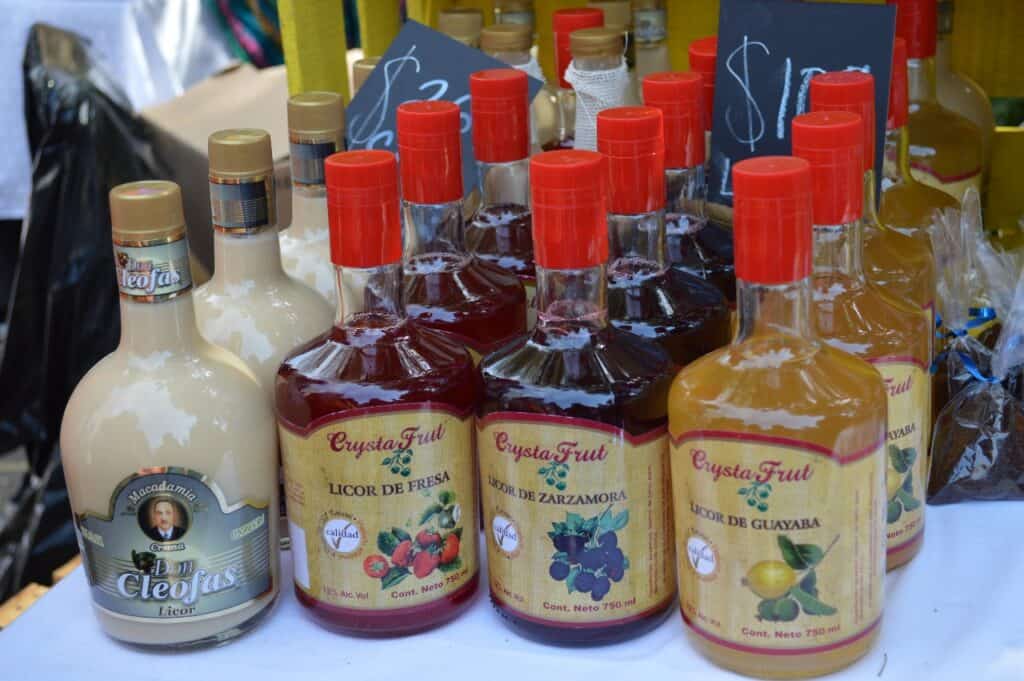
What is Damiana?
The most famous example is damiana, named after the herb used to flavor it. Although sweetened and reputed to be an aphrodisiac, this digestif is an acquired taste as the herb (Turnera diffusa) is bitter. Unsurprisingly, it is popular, particularly in northwest Mexico, especially in Baja California Sur and parts of Sinaloa. There is a commercial brand called Damiana, instantly recognized by its bottle shaped like an obese nude woman.
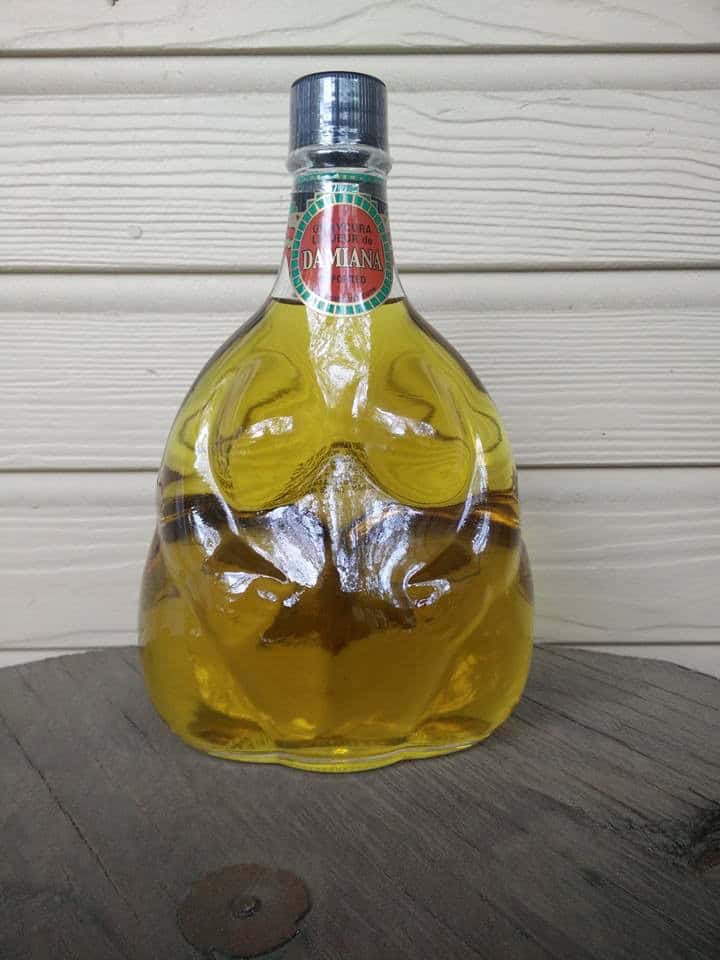
Where do I drink toritos and I should I?
In Veracruz, the most popular liqueur by far is the torito – caña mixed with dairy, some kind of flavoring, and often sugar. It originated in the Sotavento area in the south of the state, likely in the late 1800s by cane cutters locally called toritos (lit. little bulls). As Veracruz has a very wide range of microclimates, toritos are flavored with all kinds of tropical and non-tropical fruit, seeds and more, some of which you may have never heard of such as the jobo plum and nanche berry. Certain areas can be known for a particular flavor, such as the Tlacotlapan peanut version, but places like La Chata in Veracruz City boast a wide range of flavors and even get inventive with new ingredients like Nutella. Toritos are the iconic drink of Veracruz and fairly well known in Mexico because of tourism. A word of caution. Pre-mixed toritos can be made with cream substitute rather than cream or evaporated milk and quality varies widely. I have had some good ones especially in and around Xalapa, but always taste before you buy.
Kahlua is also from Veracruz. Although sources about its history insist it was invented out of thin air by two friends in 1936, the fact that it has the same ingredients as a coffee torito AND is made in the state famous for the preparation cannot be coincidence.
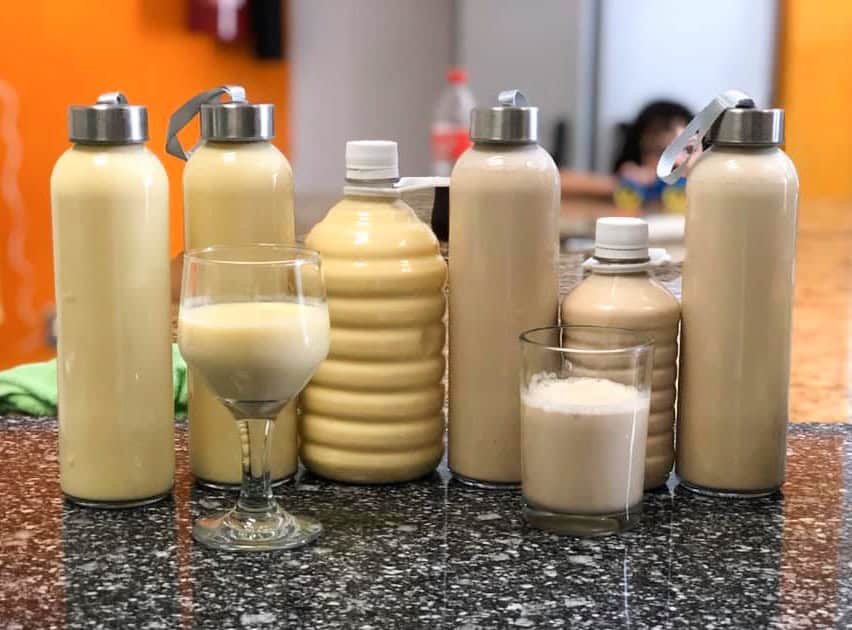
What is rompope?
Caña is also an important ingredient in rompope. Mexico’s version of European egg liqueur is strongly tied to its monastic heritage (the most famous commercial brand is Santa Clara, named after a convent in Puebla). Although it tastes similar to eggnog, rompope is enjoyed year-round. It’s a popular flavor for breads and desserts; in some regions, it’s common to pour some of the real stuff over gelatin and pancakes. The classic tastes very similar to the European original, but local producers have been experimenting with adding new flavors, including pistachio, pine nuts, and coffee.
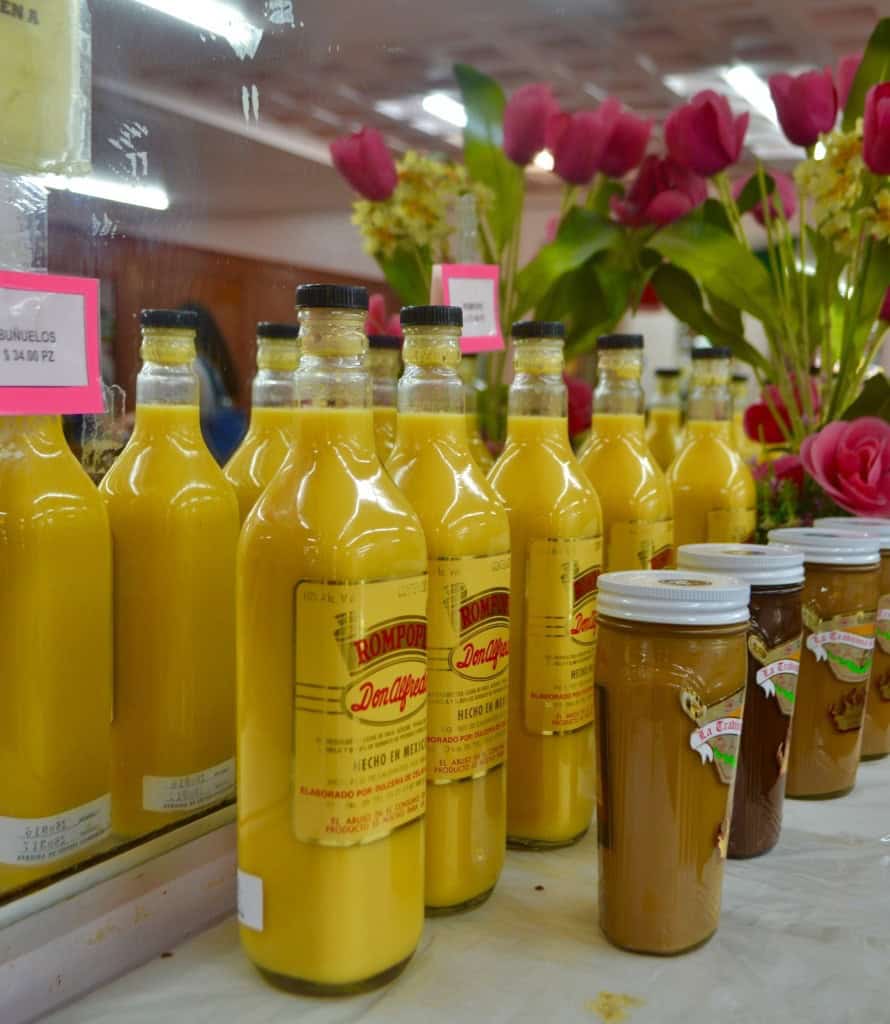
What is charanda?
The best known caña is charanda, which has its own Denomniation of Origin. Charanda is a cane distillate made in the state of Michoacan, west of Mexico City. Around the city of Uruapan, there’s a transition zone between the relatively cool central plateau and the lowland region known as Tierra Caliente (which literally translates to hot land). This is prime sugarcane country and its relative isolation meant that caña production held its own pretty well. At the beginning of the 20th century, there were more than 100 producers. However, the drink fell out of favor and today there are only six .
In the past 15 years or so, the liquor has been making a comeback, in large part due to the tireless efforts of the Pacheco family of Charanda Uruapan. They are by far the largest charanda producer, and were instrumental in getting an appellation of origin designation for the spirit in 2003.
The appellation can be applied only to cane distillates produced in one of 16 municipalities in the region, which have a characteristic red soil that gives the drink a distinctive taste. In fact, the word “charanda” is the indigenous Purhépecha word for this soil.
These efforts are starting to bear fruit. Uruapan charanda has quintupled in price in the 2+ decades I have lived in Mexico and is appearing in more bars and other outlets in the city.
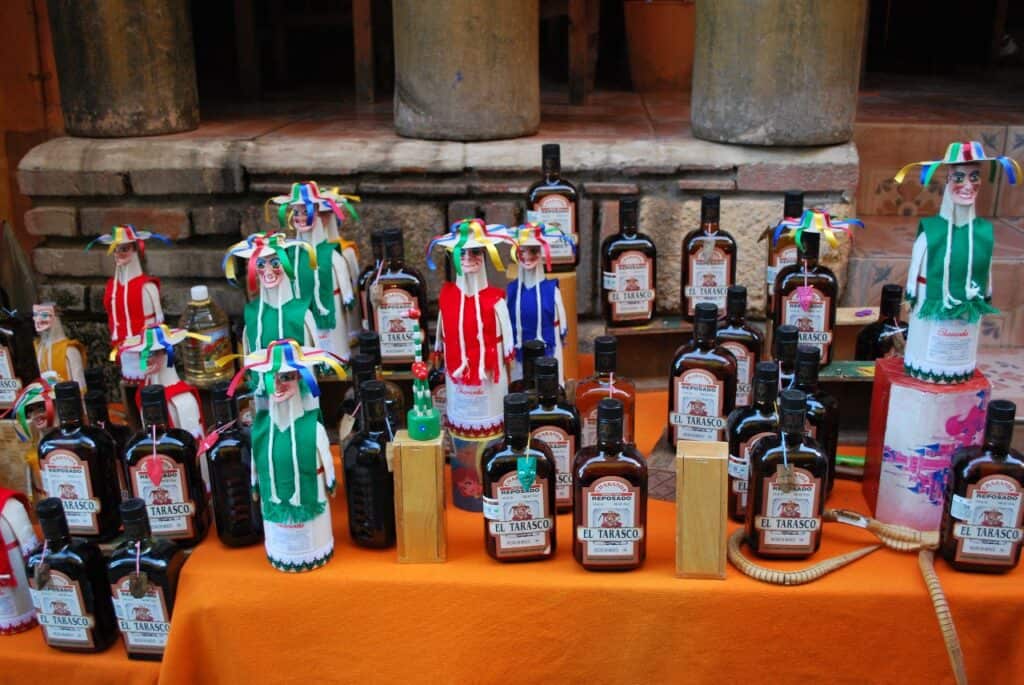
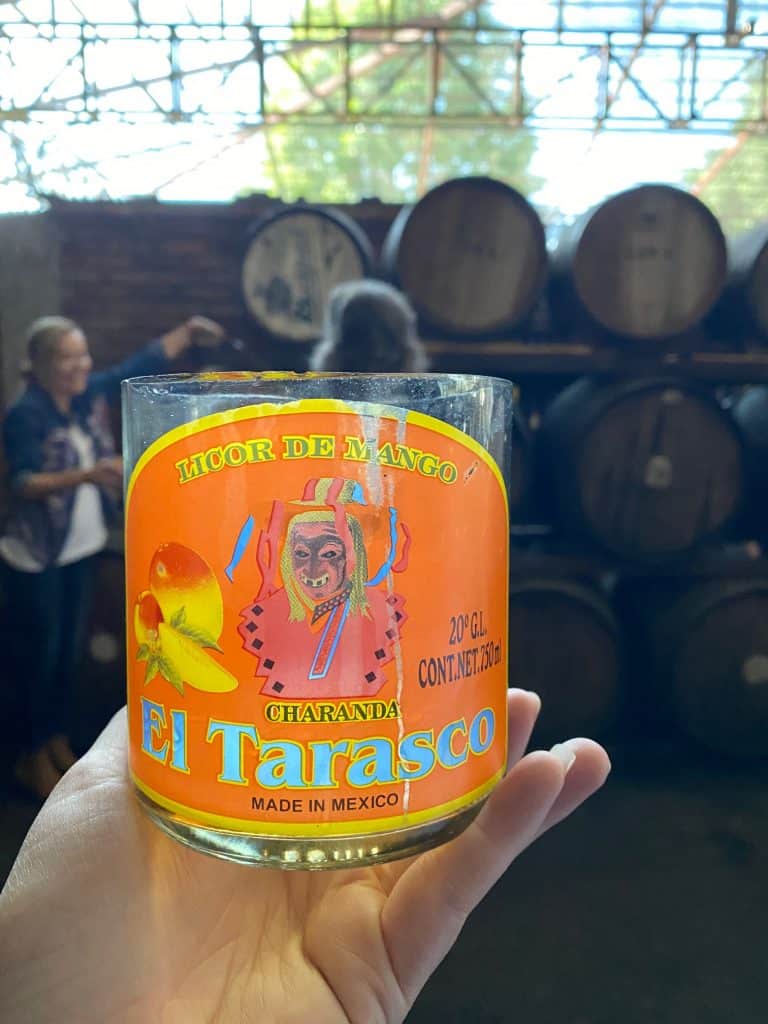
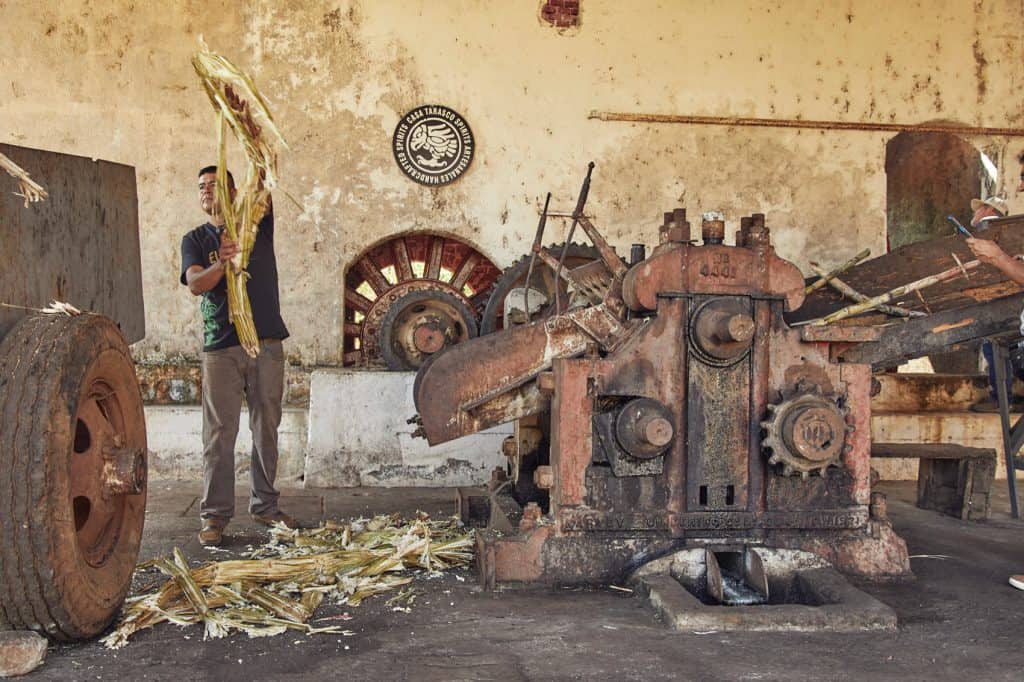
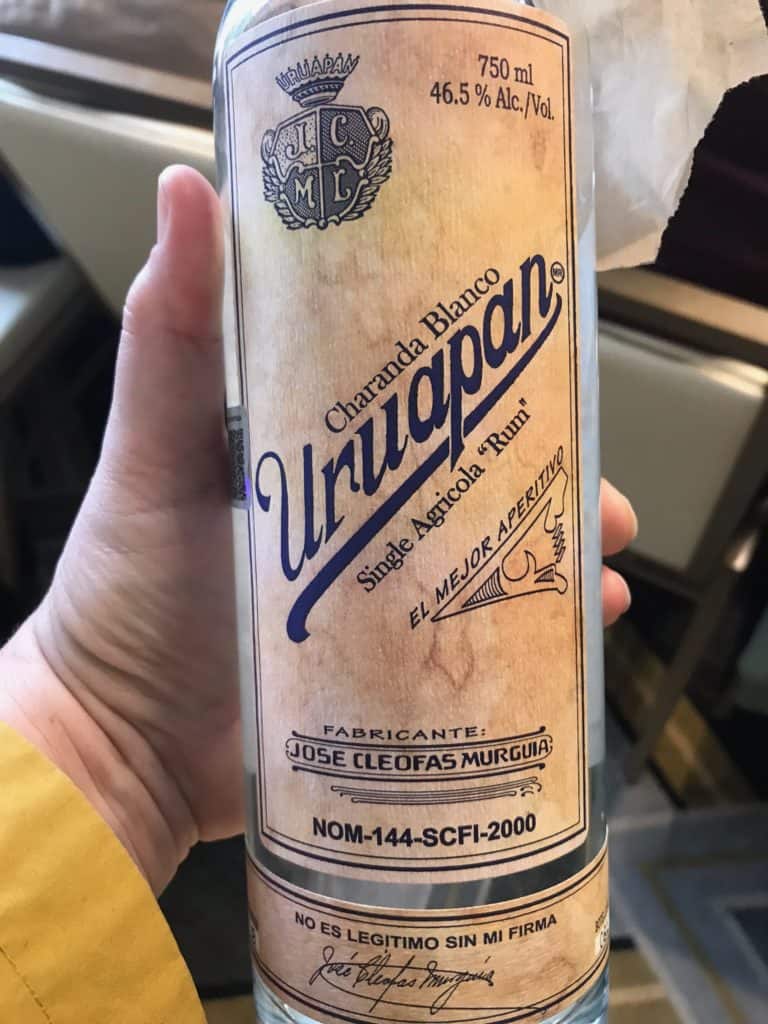
Is there a market for Mexican rum?
If mezcal is 10-15 years behind tequila in status, then rum/caña is decades, if not generations behind both. Agave spirits (as well as Mexican beer) gained traction through tourism in the country’s many beach resorts and Oaxaca’s city world-class cultural experience.
With a few exceptions, most sugar cane and caña is produced in areas that do not have strong tourist industries. In fact, many are among the country’s poorest regions. However, caña/rum and tourism is slowly growing . The Pueblos Mágicos (Magical Towns) program brought domestic and even foreign tourists into quaint towns that they may not ever have considered otherwise. For example, the Pueblo Mágico of Coatepec, Veracruz brings in many weekenders from Mexico City who have discovered the area’s fine toritos, and there is even now a small foreign resident community as well. In Oaxaca, producers are taking advantage of the mezcal tourism in the state capital and making a high-quality rum in the north of the state.
Data from 2020 indicates that the volume of white rum produced in Mexico is increasing significantly: 570,000 in 2019 to 756,000 in 2020. (Unfortunately, more recent information from Data México mixes data from foreign and domestically made spirits.) As with mezcal and sotol, much caña is still made in small hidden stills, so hard numbers on production are nearly impossible to come by.
Another indication that rum in Mexico is growing in importance is the recent introduction of commercial products flavored with fruit and chili peppers. This development is notable because even 10 years ago you could not even get Captain Morgan spiced rum here in the supermarket. The trend is likely fueled, at least in part, by skyrocketing tequila and mezcal prices, leading the average Mexican consumer to look for alternatives but still feel “Mexican” about it. Most Mexicans still drink imported rum, but domestic producers like Licores Veracruz and the Yucatán-based Casa D Aristi are making strides nationally.
The industry is still relatively small, although not miniscule. Interestingly, the state of México has a 1.1 billion peso industry, despite having only a very small area suitable for the growing of cane. That is triple what Veracruz makes – despite that region’s stronger history with the spirit and sugarcane in general.
But caña and rum producers should take heed of the problems created by increase in Mexico’s tequila and mezcal production, especially concerning sustainability and the environment. Agave spirits are facing grave problems with sustainability, particularly when it comes to water issues and deforestation. Mexico’s cane regions can grow up to three crops per year. Since the 1970s, cultivation of cane and other crops in tropical areas has decimated many rainforests; one need only drive through parts of Veracruz, Yucatan, and Chiapas to see this. Newer cane growing areas like southern Quintana Roo are still losing rainforest despite changes in government policy. Cane fields are even starting to push into tourist areas like Bacalar. While the rising popularity of caña and rum is not yet a major factor, if they follow the path of agave spirits, similar problems will likely occur.
Available Mexican rum brands
With a wide range of environments, soils, cane varieties and native traditions involving sugar, Mexico has the potential to be a major player in the world rum market, especially in the gourmet category. Some caña producers like Charanda Uruapan are upping their marketing and production games, but perhaps more importantly, others are establishing brands and laying claim to the internationally-used word “rum.”
Right now there are about 40 enterprises commercially producing Mexican rum. Some were established specifically to produce rum, while others are distillers looking to shift away from the problems of tequila and mezcal production, fully or partially. Still others are makers of traditional caña drinks who are now offering products called rum.
Rum and caña can be found just about anywhere cane is grown, but certain states have one or more important producers, some older than you might imagine.
Oaxacan Rum
The marketing of rum, especially of the quality handcrafted type, seems to have taken hold in Oaxaca, likely because there are large tourist markets in both the state capital and on the coast. The rest of the state is largely excluded from the tourist bounty, and a new “artisinal” product could be a welcome draw.
Caña has been made in Oaxaca for a long time, using different varieties of cane. This variety and ready market has allowed a number of small enterprises to experiment with making fine rum, including producers with experience making the state’s famous mezcal. These include Rey Teeco in Etla, Dakabend Rum by Mezcal Tosba, and Tsoók from Cuentacuentos Mezcal. Other important Oaxacan rum brands that have received very positive reviews include Paranubes, which was founded by the originators of Mezcal Vago, in Huautla, Cañada rum from Cinco Sentidos and Ron MKLA of Santa María Tlalixtac, which claims to be the first 100% handcrafted organic rum in Mexico.
Commercial Oaxaca rum tours do not yet exist and the possibility of a rum tourism industry is somewhat doubtful because producers are relatively far from Oaxaca city, says mezcal tour guide León Langlé of Mezcal Tour and Experience Agave. However, he and some other professionals are able to put rum tours together by special request.
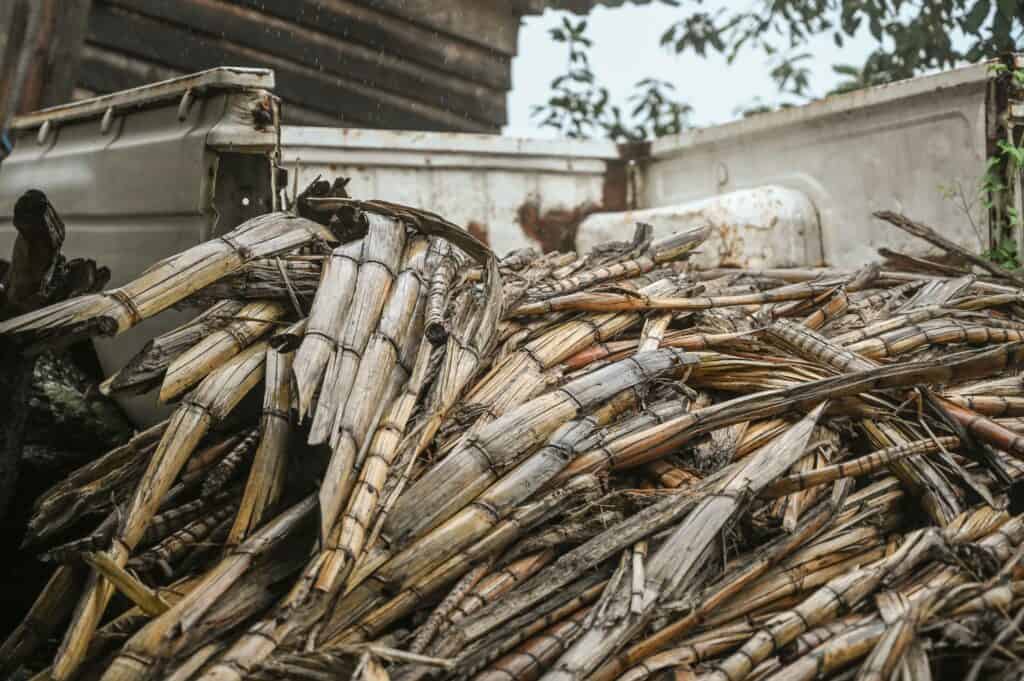
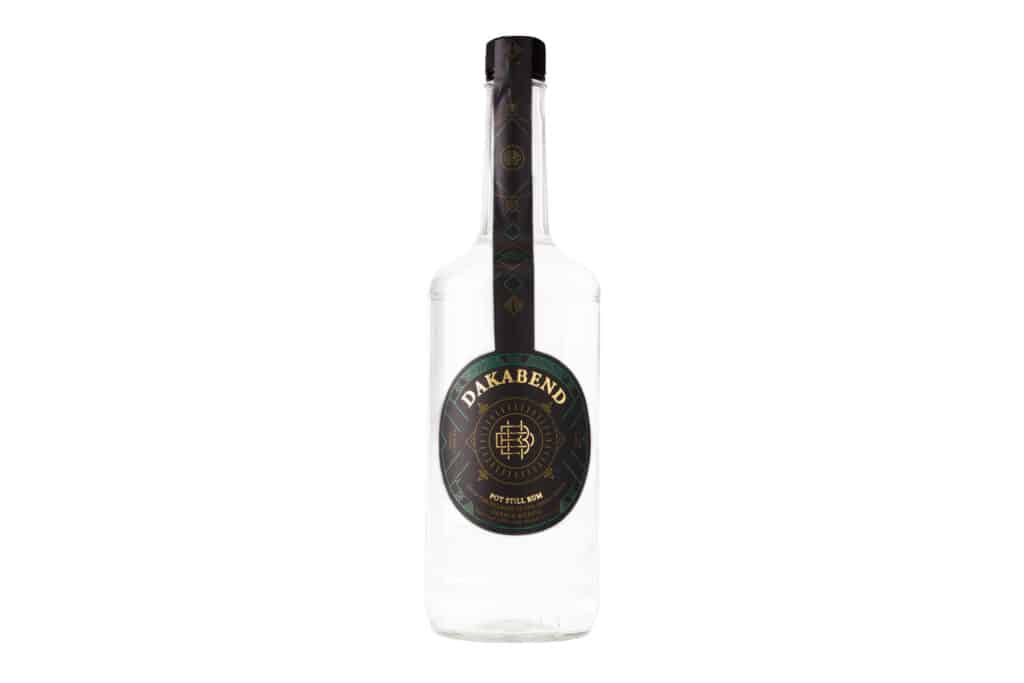
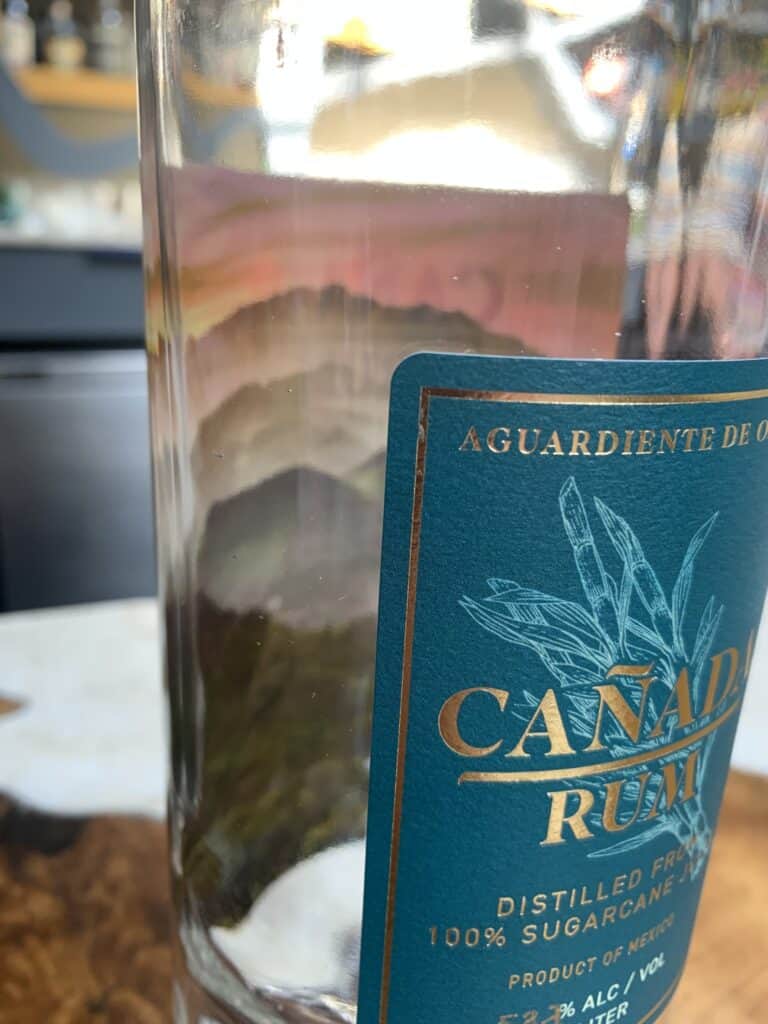
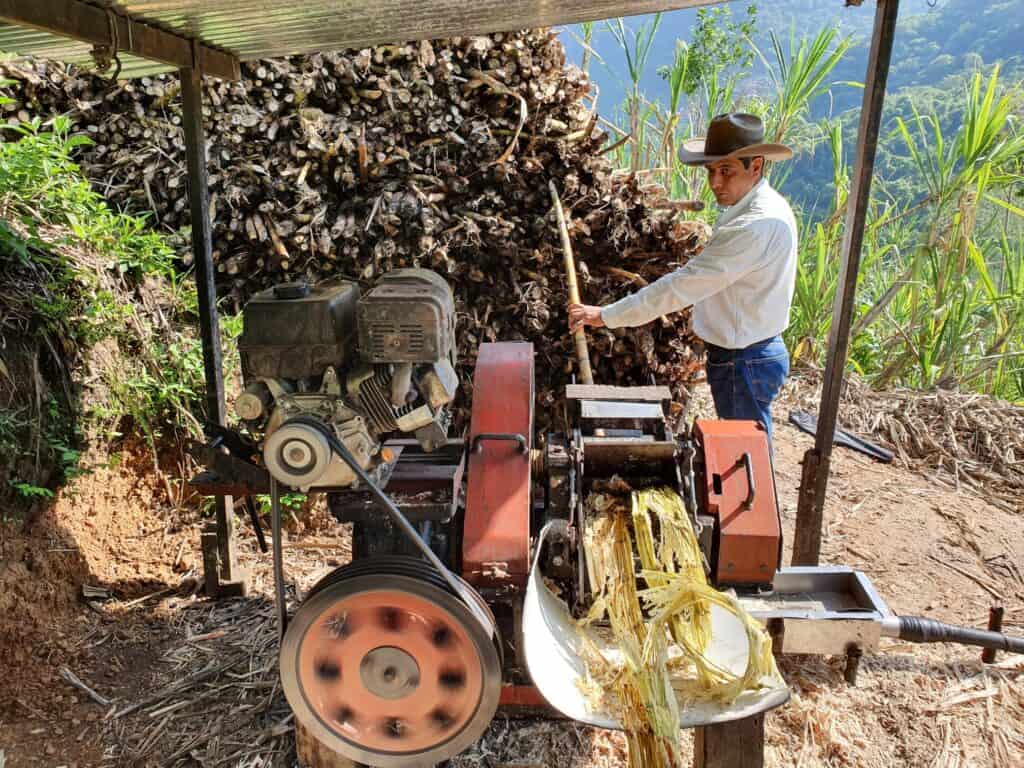
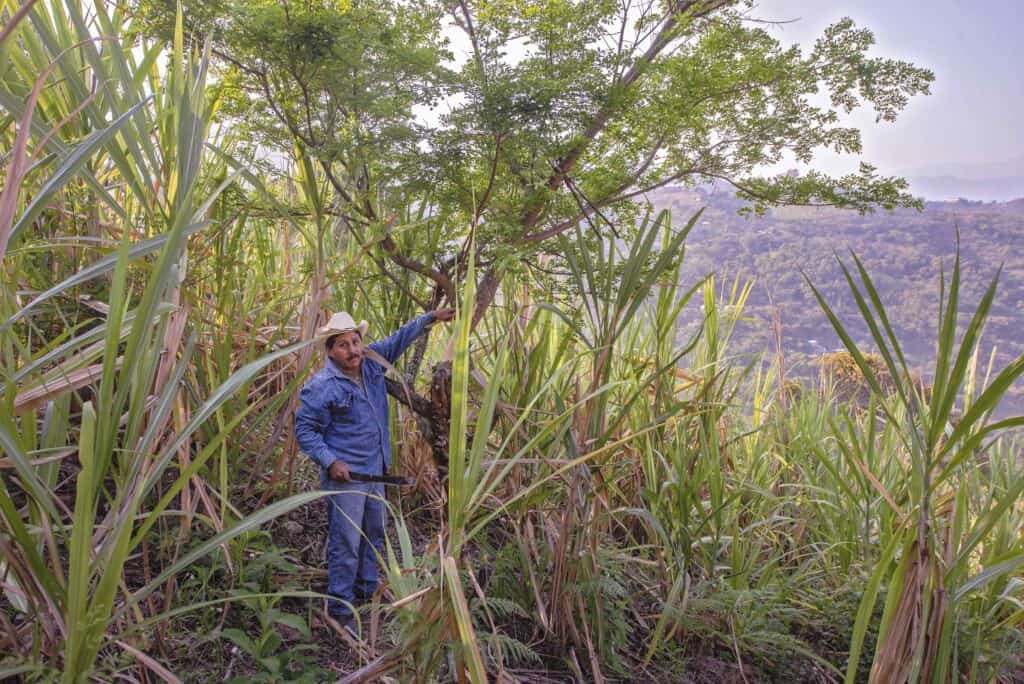
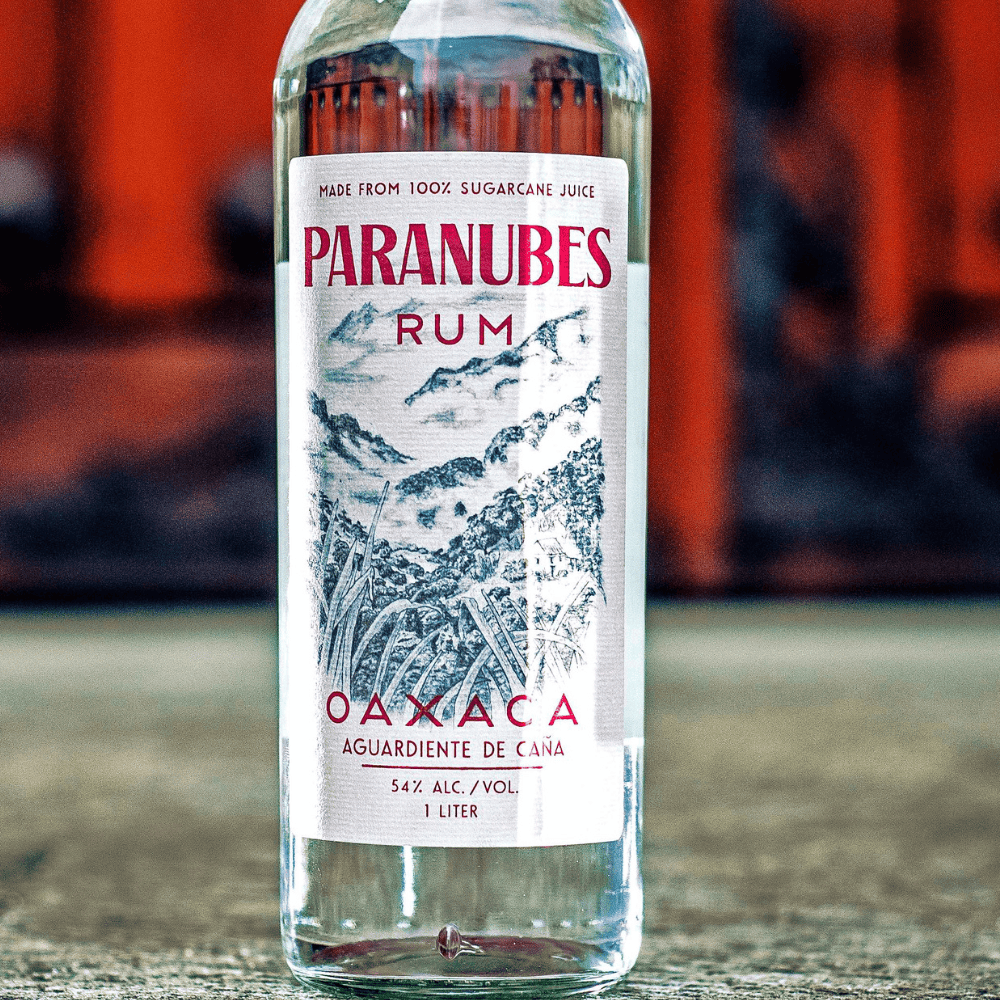
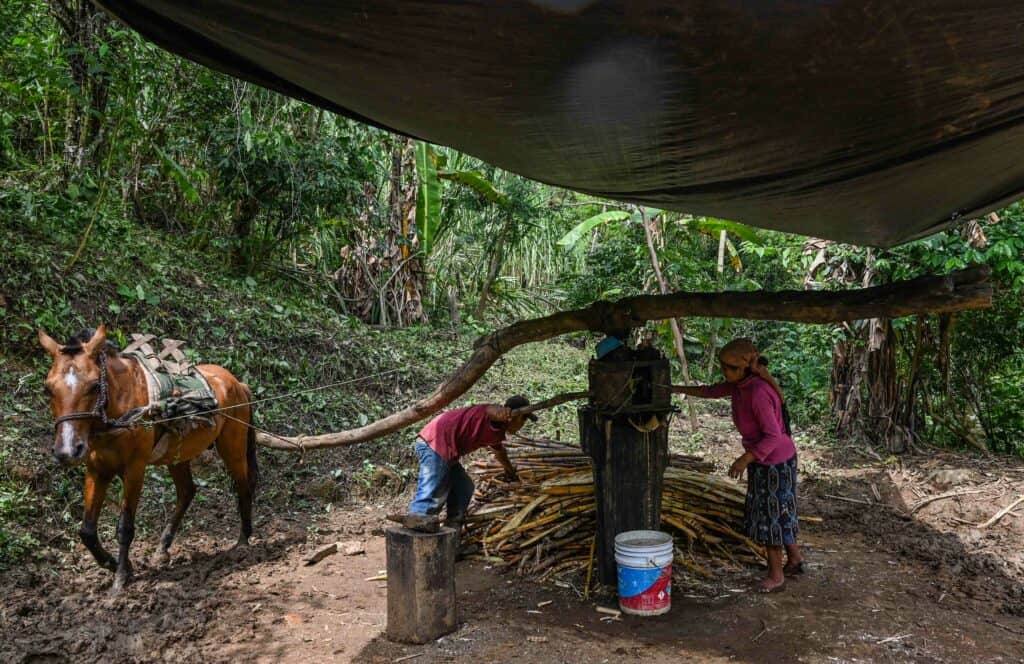
Veracruz Rum
Licores Veracruz has over 70 years of experience in cane distillation, and produces various types of distillates. Today, its star is Villa Rica rum, aged 23 years in white oak barrels. Since 2014, this spirit has won gold medals in the US and Russia, most recently taking gold at The Gourmet Show, a major gastronomic event in Mexico.
Although the company is based in Mexico City, its plantation and distillery are in Veracruz. La Gloria was founded in 1949 by descendants of a Cuban immigrant who mixed Cuban cane with local plants to create the “diamond” variety. Forbes recently recommended La Gloria as “the best Mexican rum”–in particular the ron añejo.
Other states
Ron Bonampak was founded near Tapachula in the mid 20th century by a Chiapas native, and early on would call his caña “ron.” Like Kahlua, this brand focuses on local traditions and imagery, especially that related to the jaguar. Dedicated fully to rum production, this Chiapas rum brand makes a variety of expressions – from white to añejo (fully-aged).
Xafra is from the same region. Its beginnings are in a farm and small facility started by two brothers in 1946. They started out calling their spirit “caña” and making fruit digestifs as well. More recently, the company changed the name and direction of its products to what we know as rum. These Chiapas rums won multiple awards at the 2013 Rum Renaissance Festival in Miami.
Is there Yucatecan rum?
As mass sugarcane production began later in Yucatan, there are few caña or rum makers to date. Expect that to change since the peninsula is home to Cancun and other resorts. Yucatan has one long-standing major liqueur maker, Casa di’ Aristi, founded in 1935. It is best known for its Xtabetún liqueur, based on a local fermented honey drink of the same name. In addition to several fruit liqueurs, the company also produces two rums and has the marketing muscle to promote them in Mexico and abroad.
So yes, Virginia, there is indeed rum in Mexico. You have to do a little digging to find it, and be a bit flexible in your concept of a “real” Mexican drink, and if you are adventurous, check out what the locals recommend in caña to find a hidden gem. However, Mexico’s lands and cane varieties hold too much promise to keep this secret hidden forever.

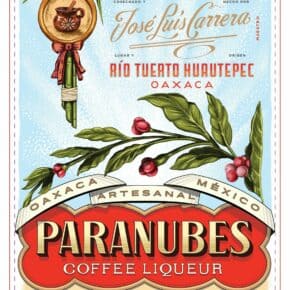
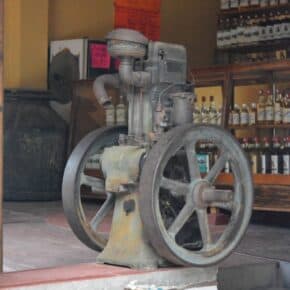
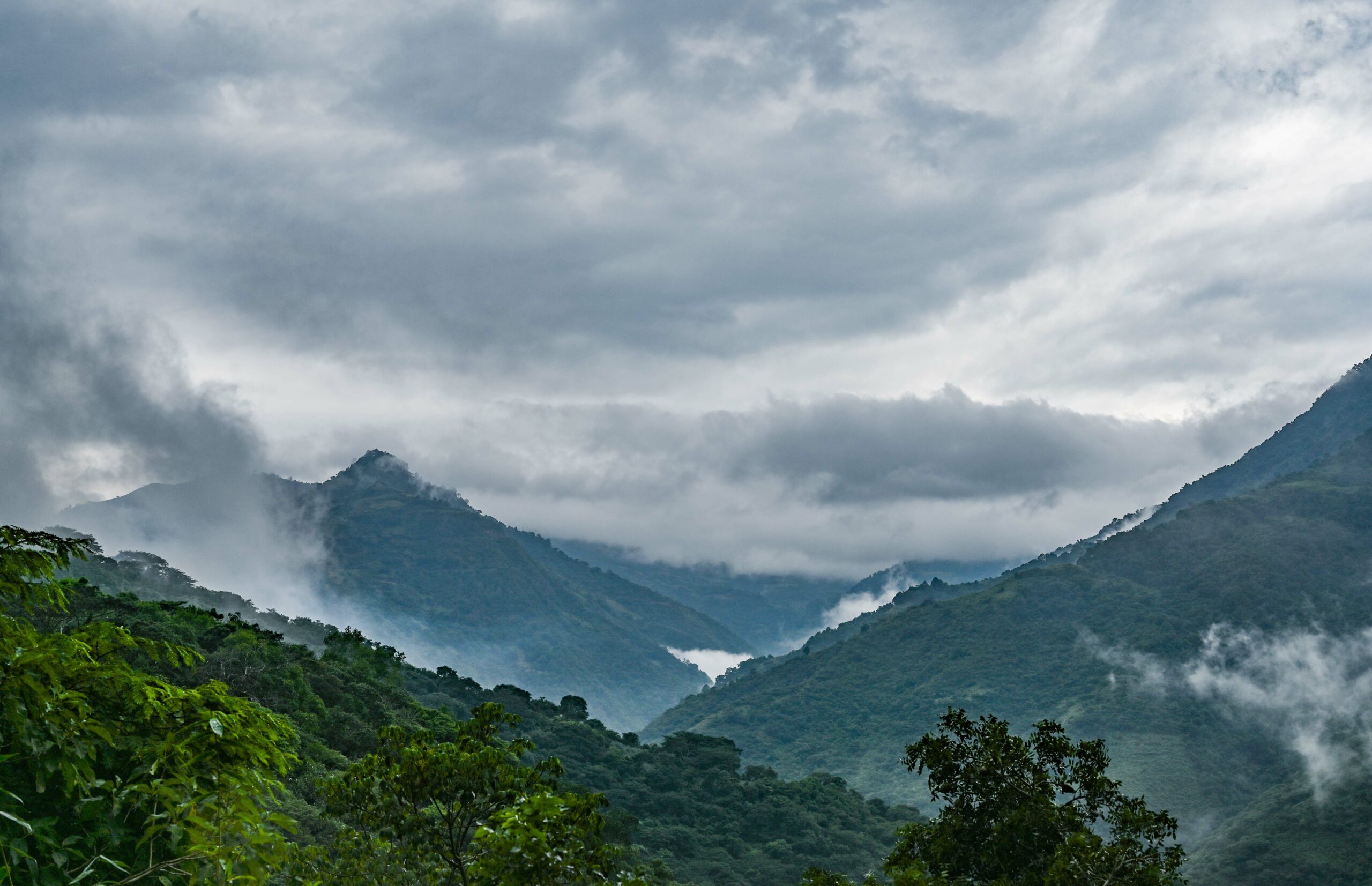








Leave a Comment